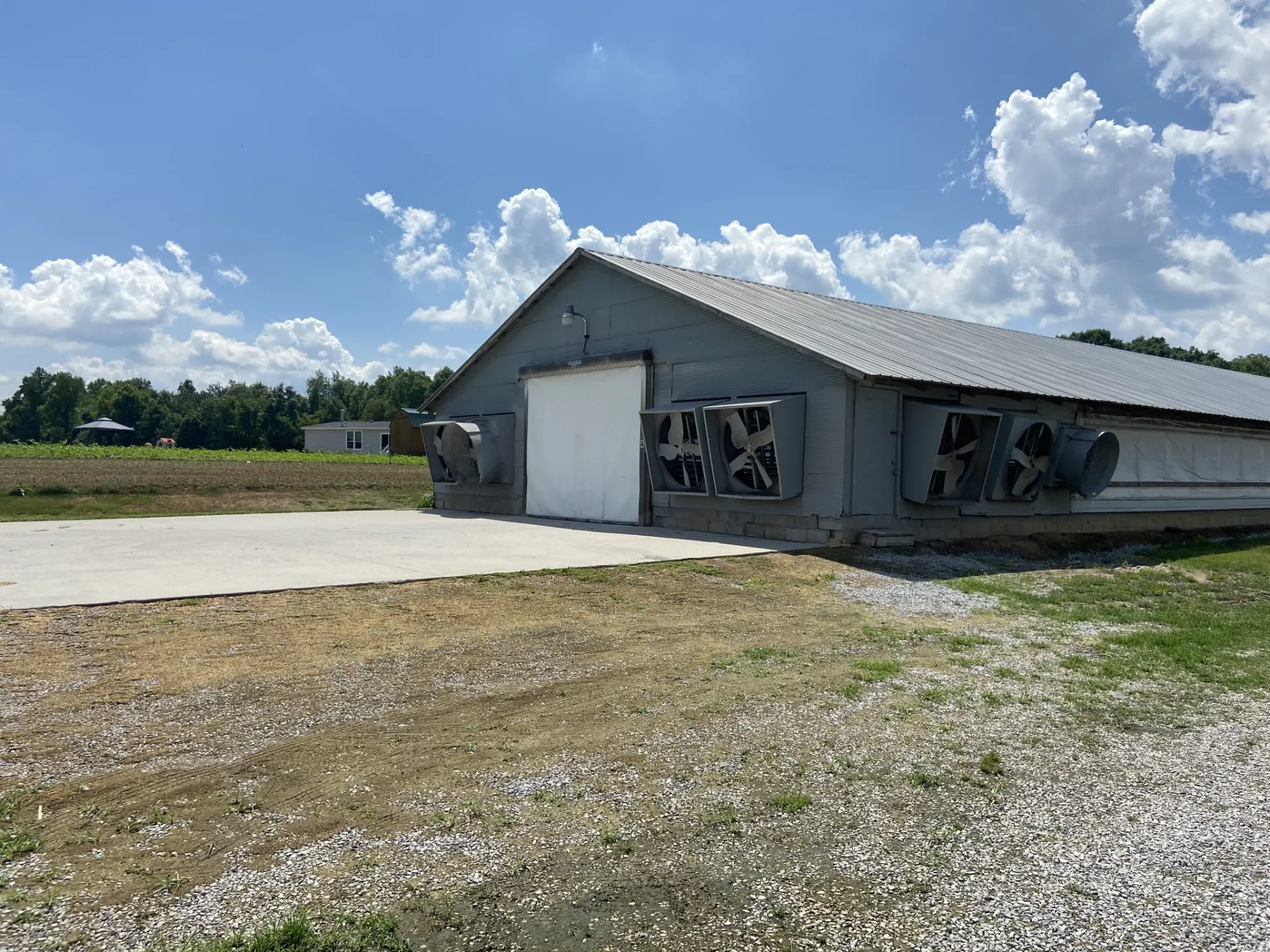- Afrikaans
- Albanian
- Amharic
- Arabic
- Armenian
- Azerbaijani
- Basque
- Belarusian
- Bengali
- Bosnian
- Bulgarian
- Catalan
- Cebuano
- Corsican
- Croatian
- Czech
- Danish
- Dutch
- English
- Esperanto
- Estonian
- Finnish
- French
- Frisian
- Galician
- Georgian
- German
- Greek
- Gujarati
- Haitian Creole
- hausa
- hawaiian
- Hebrew
- Hindi
- Miao
- Hungarian
- Icelandic
- igbo
- Indonesian
- irish
- Italian
- Japanese
- Javanese
- Kannada
- kazakh
- Khmer
- Rwandese
- Korean
- Kurdish
- Kyrgyz
- Lao
- Latin
- Latvian
- Lithuanian
- Luxembourgish
- Macedonian
- Malgashi
- Malay
- Malayalam
- Maltese
- Maori
- Marathi
- Mongolian
- Myanmar
- Nepali
- Norwegian
- Norwegian
- Occitan
- Pashto
- Persian
- Polish
- Portuguese
- Punjabi
- Romanian
- Russian
- Samoan
- Scottish Gaelic
- Serbian
- Sesotho
- Shona
- Sindhi
- Sinhala
- Slovak
- Slovenian
- Somali
- Spanish
- Sundanese
- Swahili
- Swedish
- Tagalog
- Tajik
- Tamil
- Tatar
- Telugu
- Thai
- Turkish
- Turkmen
- Ukrainian
- Urdu
- Uighur
- Uzbek
- Vietnamese
- Welsh
- Bantu
- Yiddish
- Yoruba
- Zulu
Oct . 10, 2024 17:03 Back to list
The Evolution and Significance of Metal Factory Buildings
In the realm of industrial architecture, few structures hold as much significance as metal factory buildings. These robust edifices have played a critical role in transforming the manufacturing landscape, ushering in an era of innovation and efficiency. As the world evolved from agrarian economies to industrial powerhouses, the design and construction of factories underwent a profound metamorphosis. At the center of this transformation was the advent of metal as a building material, which not only changed how factories were built but also influenced the very nature of production itself.
The origins of metal factory buildings can be traced back to the Industrial Revolution in the late 18th and early 19th centuries. As industries expanded and the demand for efficient production surged, traditional brick and wood structures proved inadequate for accommodating the needs of burgeoning factories. Enter wrought iron and steel—materials that offered unprecedented strength and flexibility. Architects and engineers began experimenting with these metals, leading to the construction of larger, more durable buildings capable of housing complex machinery and vast assembly lines.
The defining feature of metal factory buildings is their steel frame, which provides a skeletal structure that supports walls, roofs, and floors while allowing for the creation of open, unobstructed spaces. This design not only maximizes the usable area within the factory but also facilitates the movement of goods and workers. The flexibility of steel construction means that factories can be adapted or expanded with relative ease as production requirements change. This adaptability has made metal factory buildings a popular choice among manufacturers, allowing them to respond swiftly to market demands.
In addition to their functional advantages, metal factory buildings also exude an aesthetic appeal that resonates with modern sensibilities
. The clean lines and minimalist design associated with steel structures have led to a resurgence of interest in industrial-style architecture, influencing everything from residential lofts to trendy office spaces. This trend reflects a broader cultural appreciation for authenticity and craftsmanship, with repurposed metal factories now serving as iconic landmarks in many urban landscapes.metal factory building

Moreover, the rise of environmentally conscious construction practices has elevated the importance of metal factory buildings in contemporary discourse. Steel is a highly recyclable material, and many modern factories are designed with sustainability in mind. Features such as energy-efficient insulation, solar panels, and water reclamation systems are increasingly incorporated into factory designs, making them more sustainable and reducing their carbon footprint. This commitment to environmental stewardship not only enhances the operational efficiency of factories but also aligns with the growing consumer demand for ethical manufacturing practices.
The globalization of production has also influenced the design of metal factory buildings. As companies expand their operations across borders, the need for consistent and efficient manufacturing processes has become paramount. Metal factory buildings provide a uniform solution that can be easily replicated in diverse geographical locations. This standardization ensures that companies can maintain quality control and operational efficiency regardless of where their factories are situated.
Nevertheless, with these advantages come challenges. The construction of metal factory buildings can be capital-intensive, requiring significant investment in both materials and labor. Furthermore, as technology advances, manufacturers must continuously adapt their facilities to accommodate new processes and innovations. This need for constant evolution places a premium on forward-thinking design and construction methodologies, necessitating collaboration between architects, engineers, and manufacturers.
In conclusion, metal factory buildings stand as a testament to the dynamic interplay between architecture and industrial production. Their evolution from the sturdy iron structures of the 19th century to the sleek, sustainable facilities of today embodies the spirit of innovation that drives the manufacturing sector. As we look to the future, these metal edifices will continue to play a pivotal role in shaping not only the landscapes of cities but also the very fabric of our economy. Embracing the dual challenges of productivity and sustainability, the next generation of metal factory buildings promises to uphold the legacy of their predecessors while paving the way for a more efficient and responsible industrial future.
-
How Do Prefabricated Steel Structures Transform Modern Construction?
NewsJul.14,2025
-
How Do Prefabricated Metal Buildings Redefine Modern Construction?
NewsJul.14,2025
-
How Do Prefab Insulated Metal Buildings and Steel Structures Revolutionize Modern Construction?
NewsJul.14,2025
-
How Do Pre - Engineered Steel Structures Redefine Modern Construction?
NewsJul.14,2025
-
Advancing Modular Construction with Prefabricated Metal Structures
NewsJul.14,2025
-
Advancing Industrial Infrastructure with Prefabricated Steel Solutions
NewsJul.14,2025
Products categories
Our Latest News
We have a professional design team and an excellent production and construction team.












